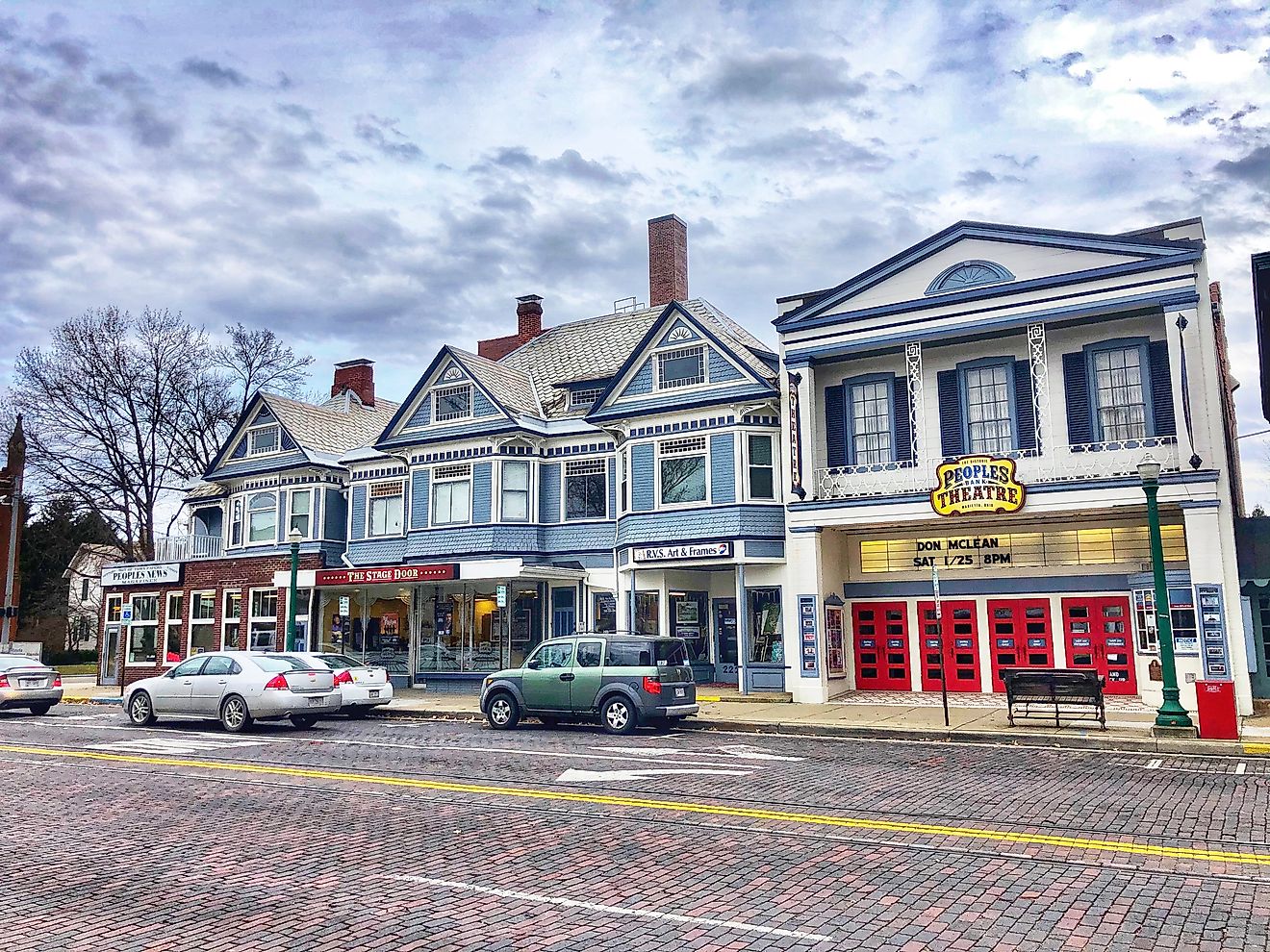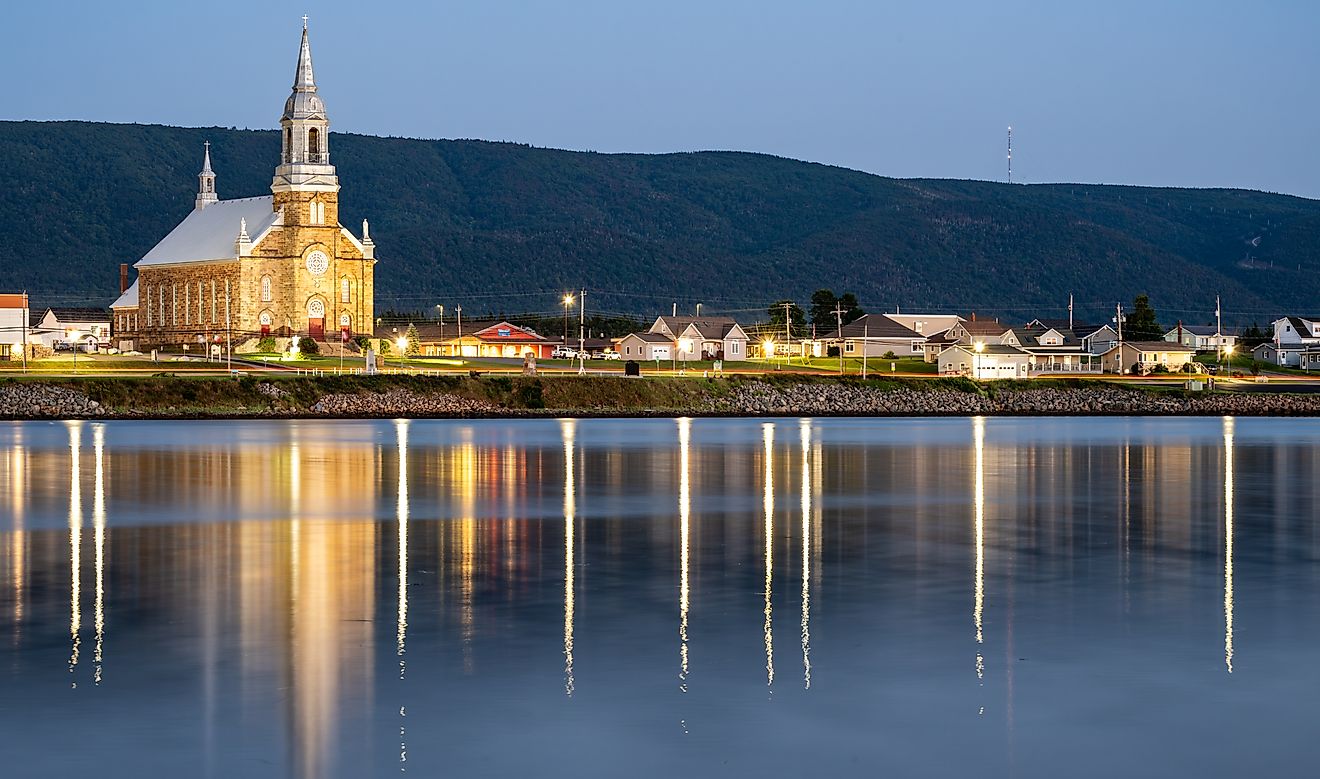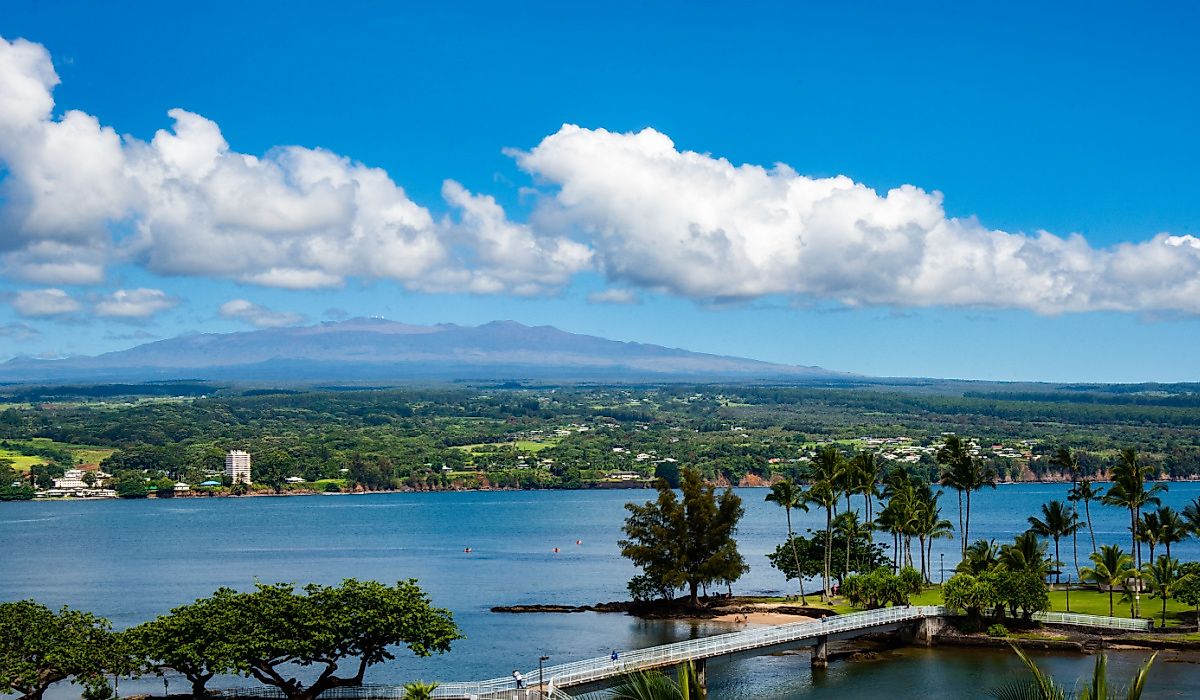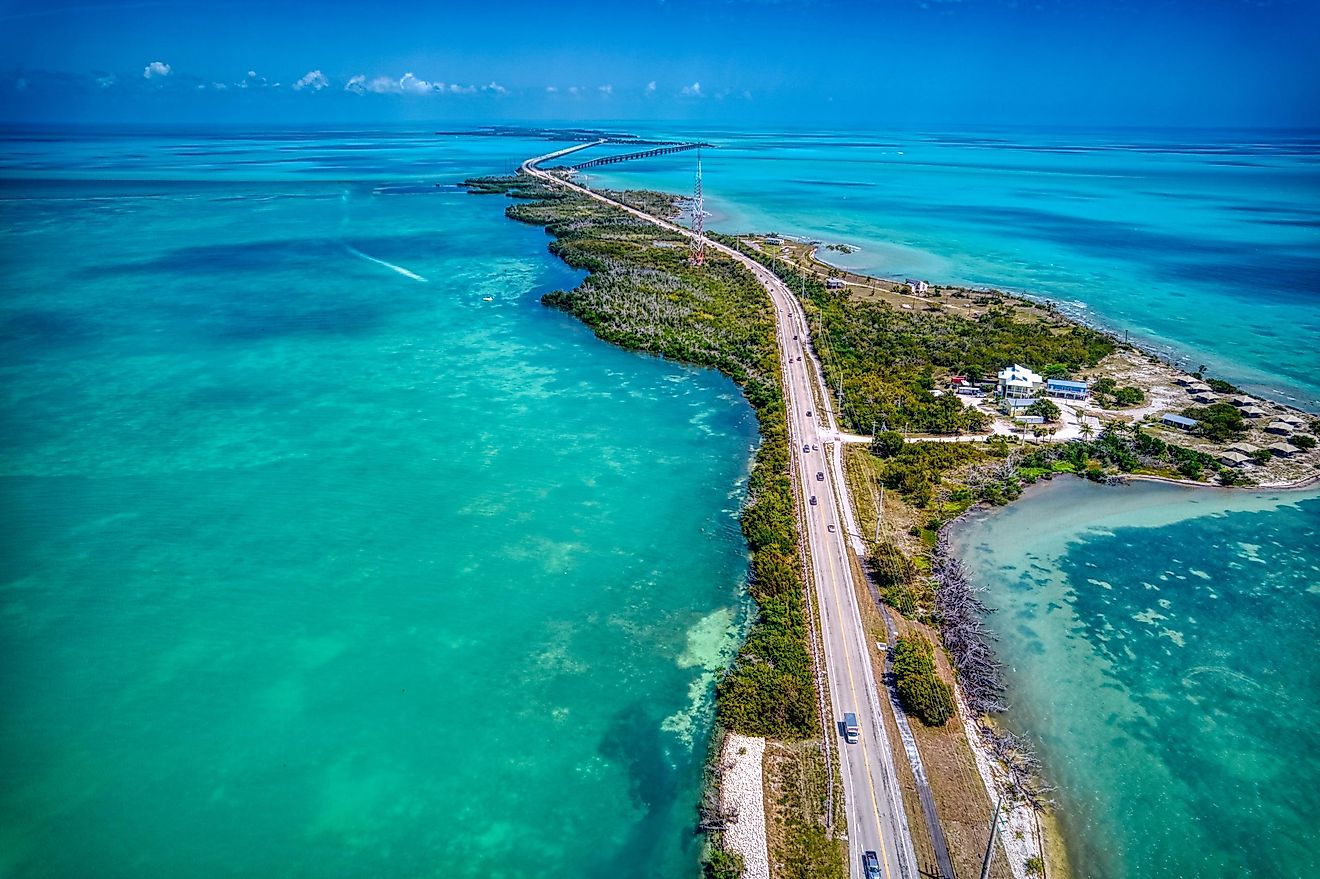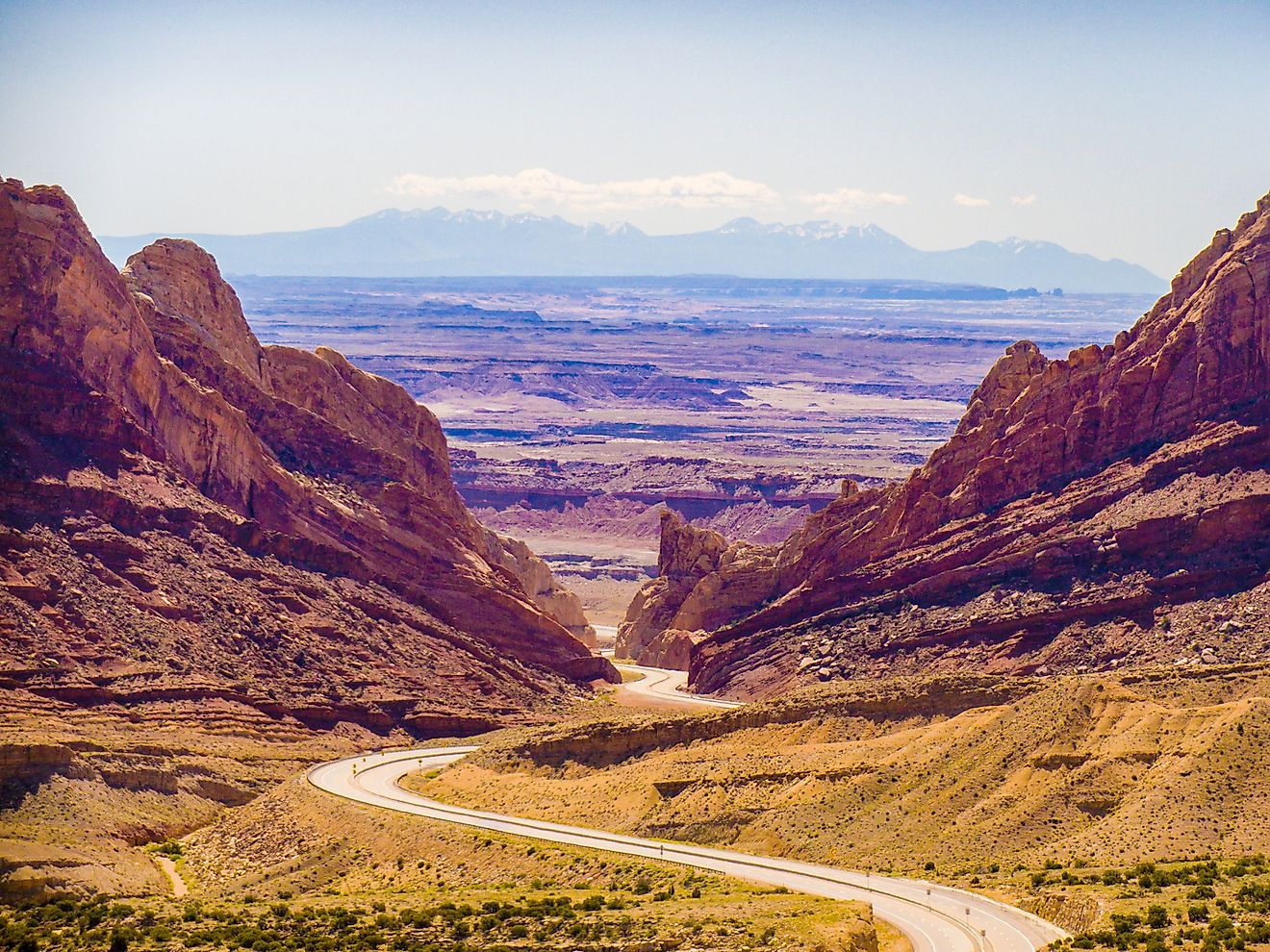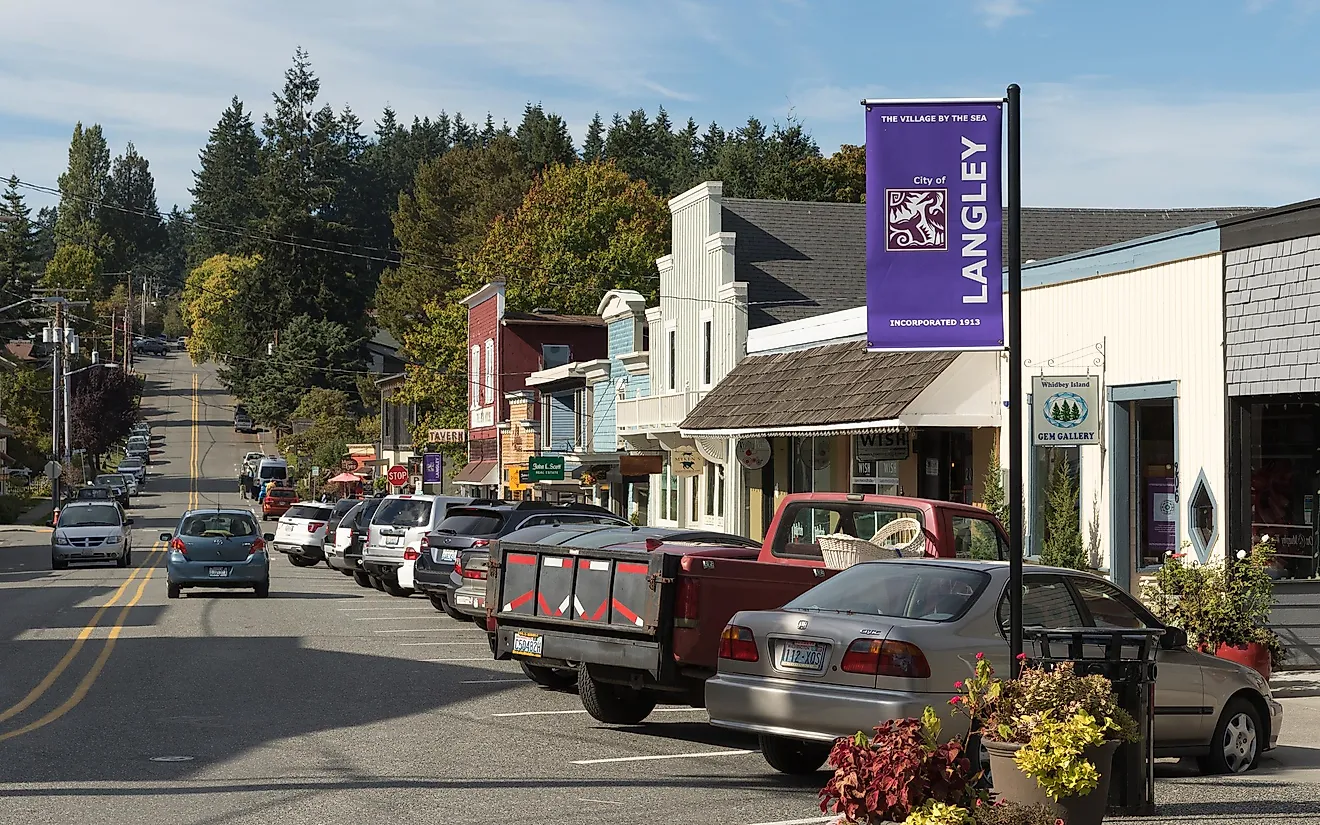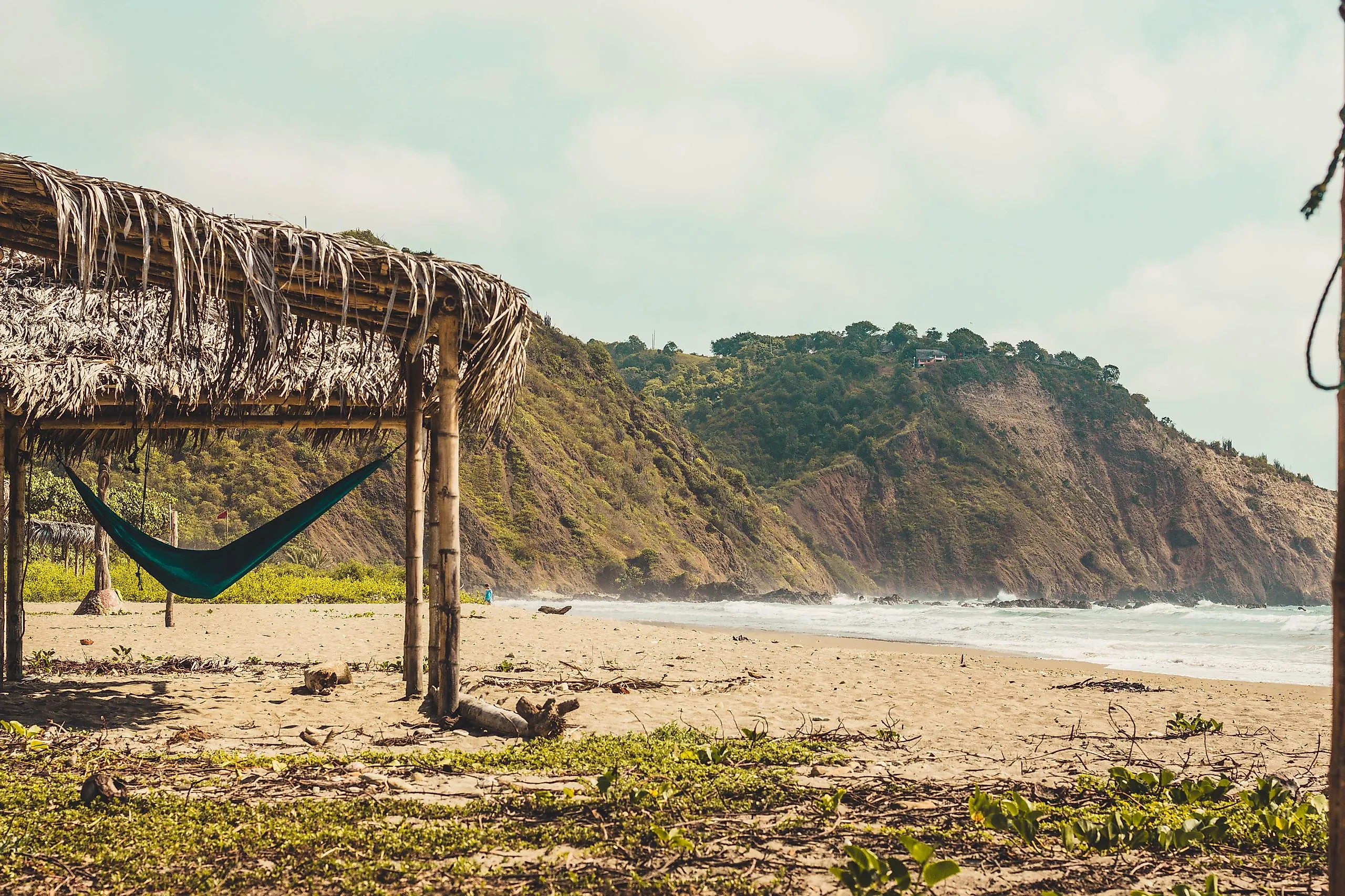
Surf's Up Down In Ecuador: Visiting Small Coastal Towns
Although small in size, Ecuador boasts a terrain that's expansive and varied. From the lush coastal regions to the high altitude of cloud forests, and from mind-boggling canyons to thriving cities, the country offers a diverse range of experiences. It wouldn't be surprising if the highlight reel for the entire continent solely focused on the ecologically distinct regions of this equator-straddling, Spanish-speaking nation. The Galapagos Islands, located about 600 miles west of the mainland, are home to Darwin's famous finches, giant tortoises and an array of other exotic animals; snow-capped Cotopaxi (one of the highest active volcanoes in the world) stands in good company amidst the inland's Andean spine; the Amazon rainforest hits its peak biological-diversity within these borders, and last but not least, for all you gnar-shredding or sun-bathing travelers out there, Ecuador has an arresting Pacific coastline that stretches from Northwestern Peru (to the South), to Southwestern Columbia (to the North). This past winter, I had the chance to settle into a three-month stay spread predominantly across the sleepy town of Las Tunas, and the hippie paradise of Ayampe. Their neighborly synergy created a satisfying blend of experiences and a perfect appetizer for the rest of the country.
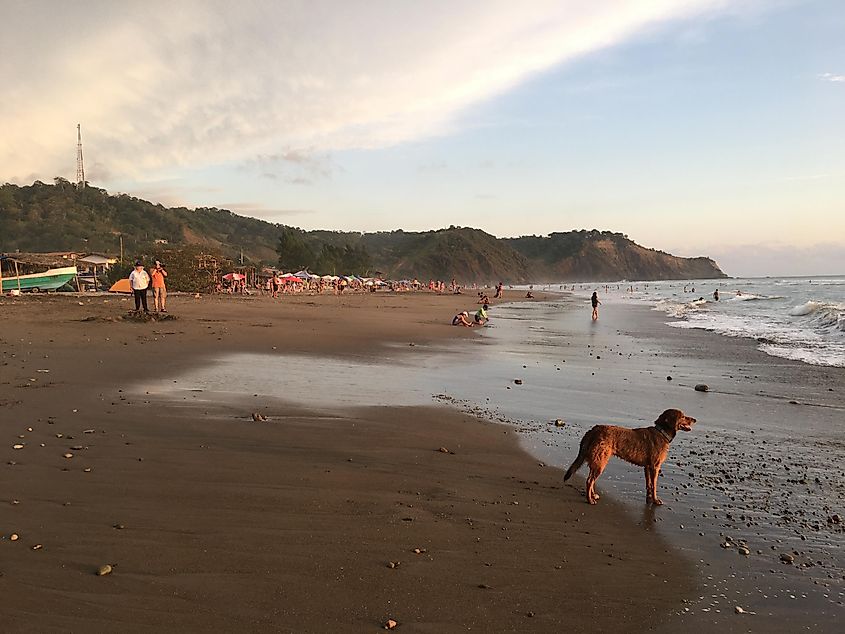
The Fate Of Tourism On Many Coastlines
There's a phenomenon that happens along beautiful coastlines the world over. The impossible scenery, brilliant weather, and usually some form of escapism first draw the adventurous vagabonds – you know, the earthy types, the hippie wanderers, the backpackers, the surfers, the rebels. They find a cool spot, the first hostel soon follows, then the "hidden gem" articles hit the internet, and before you know it, the obscure town is now a vacation hub. What usually happens next is the original outcasts and seekers of solitude migrate up or down the coast to the next chill community, beginning the cycle anew. I hope this doesn't sound cynical. I have enjoyed the well-established spots as much as the little off-the-beaten-path places. Perhaps this demonstration of impermanence is good: it creates a range of possibilities to suit differing preferences. So depending on what you like, here's a quick snapshot of the progress of a small part of Ecuador's coastline.
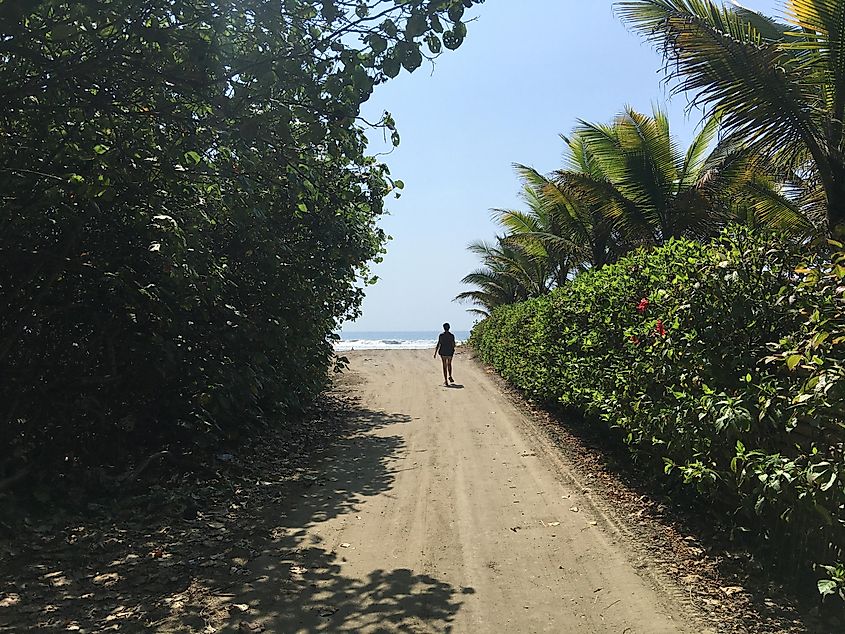
The State Of Ecuador's Central Coast
In the South-Central section of Ecuador's coast, a town named Montañita was the OG secret surf hangout. It is still frequented by the bros and bras of the world, but as it became more popular, the die-hards shifted North to Olón, and beyond. Now, just in the pandemic era, Ayampe has solidified a formal presence. A couple of miles further on (walkable the whole way along the beach), Las Tunas has clearly just, juuuust entered the 5-year plan for the next migration. Skip North ten more miles from there, and the same pattern renews in a Southerly direction, with Puerto Lopez kicking up the most buzz, Salango being in the early tourism development, and Puerto Rico (the sister town to Las Tunas) hardly being noticed yet, but enough to put in some hotel/hostel hybrids. From what I could see on my longer coach bus journeys, this template continued to repeat, over and over. My girlfriend and I decided to start in Las Tunas, the sleepiest of sleepy towns, and then gravitate to Ayampe for a bit more social energy. This turned out to be an ideal combination.
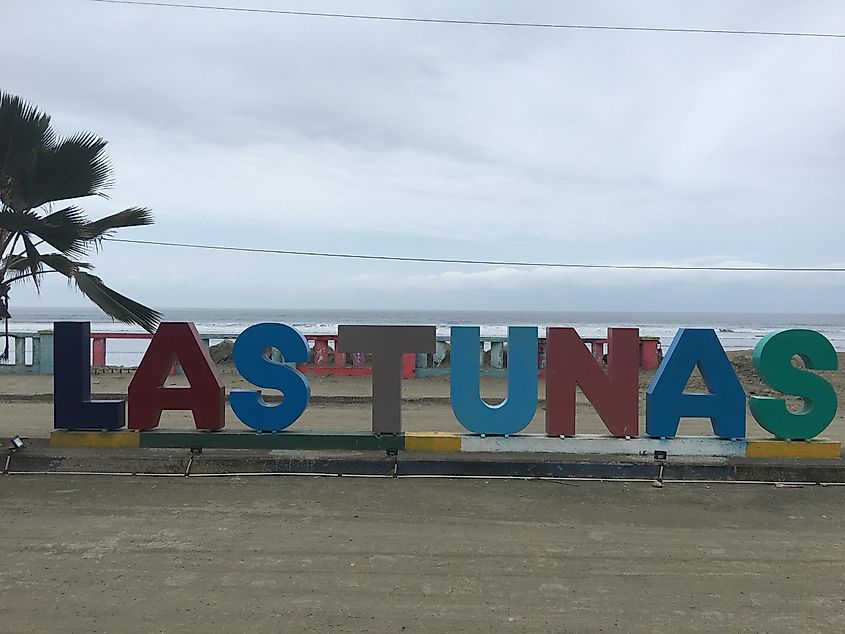
Las Tunas, Ecuador
At the Southern coastal tip of the Manabi Province, where the last of the Andean foothills meet the energetic waters of the Pacific, Las Tunas is as quiet as it gets. There is no grocery store, or traditional hotel; simply a small residential community split between the beach and the hills, some mom n' pop tiendas (convenience stores), a roadside produce stand, and a few basic restaurants. The dogs roam free (for better or worse), and there is not an ounce of nightlife (for better or worse). Las Tunas has a wide, mostly empty beach, some solid breaks for surfers, and that's about all it's trying to accomplish. Irina and I worked remotely during the week from our hilltop Airbnb, and made modest side trips on the weekends. If you are traveling for pure vacation, then I suggest bringing a good book, stocking up on groceries before arriving, and brushing up on your Spanish.
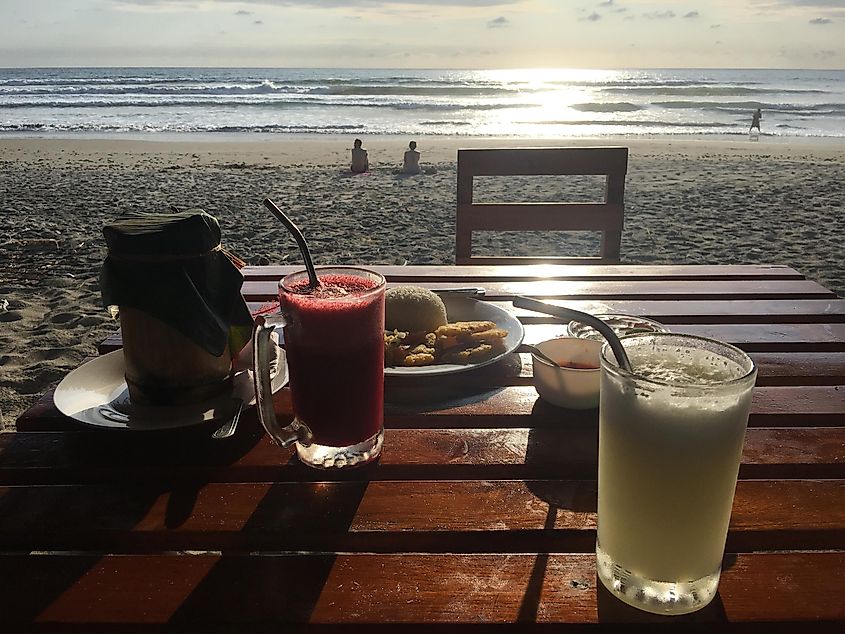
Ayampe, Ecuador
During those aforementioned weekend ventures, we would often walk the beach to Ayampe (on the Manabí/Santa Elena border), cruise around a bit, and grab lunch somewhere (there are way more options here, and most have a gently-modernized flair). We liked what we saw, and already knew a fellow Canadian there, so we decided to try it out for a month. We snagged a cash-only apartment adjacent to a cafe/yoga studio/surf school/beach hut property called Otra Ola ("Another Wave"). Though neither of us are big surfers, the atmosphere was infectious. Every morning I would go out to the beach (not-so) bright and early in order to meditate. By the time I opened my eyes, the water would be filling up with folks trying to catch those virgin waves. During the mid-day tide breaks, everyone would retreat for a siesta, often seeking refuge in one of the shaded juice bars, or in front of a fan at a bamboo-framed restaurant. In the evening, games of beach volleyball would break out, which I liked to watch from afar while honing my slacklining skills.
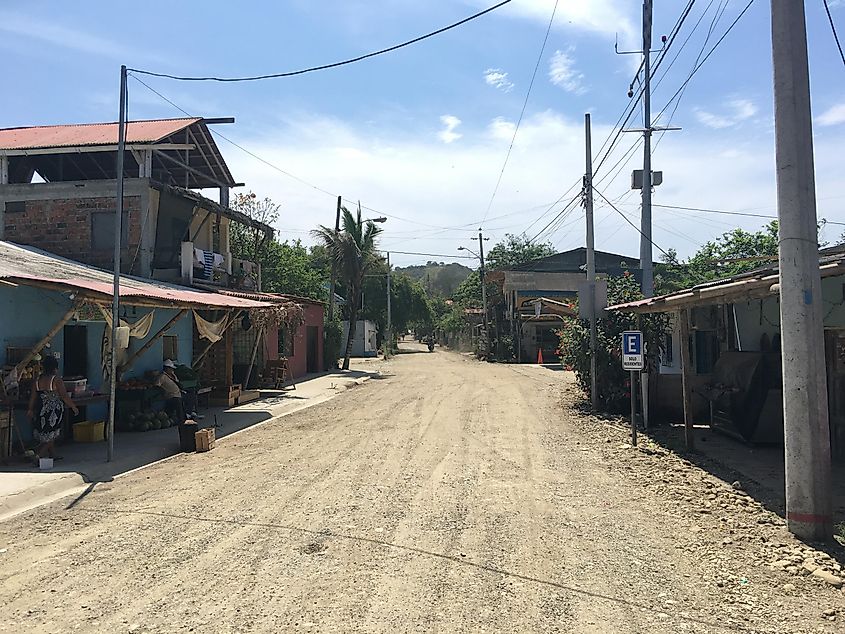
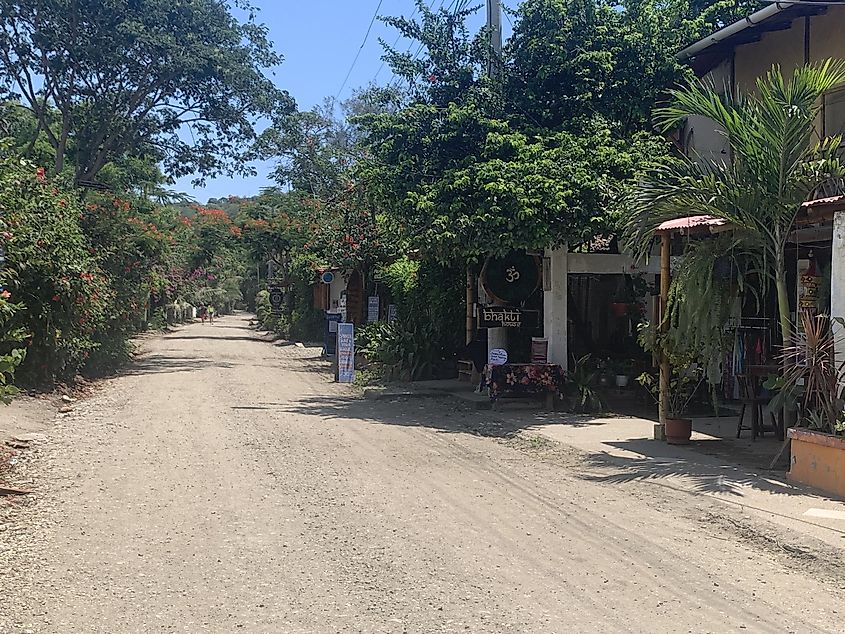
Ayampe is the type of place that is nearly balanced in terms of local residents and gringos. There are lots of budget-friendly accommodations (though prices have kicked up significantly in the past couple of years) that are mostly concentrated on one dirt road (though others pop up across the highway, and randomly throughout town). But at the same time, life chugs on for the permanent residents. Collections of modest homes intersperse tiendas and cold coconut stands. All the expats, long-term backpackers, mandate-refugees and other semi-permanent visitors seem to either work at the various establishments, teach reiki, make crafts, give hot stone massages, play music, brew kombucha, or string together some combination of related, loosely-lucrative activities. Whether you flock to the spiritual gatherings, the vigorous activities, or the lazy beach life, the theme of Ayampe seems to be: Come as you are; do as you wish. And I loved it.
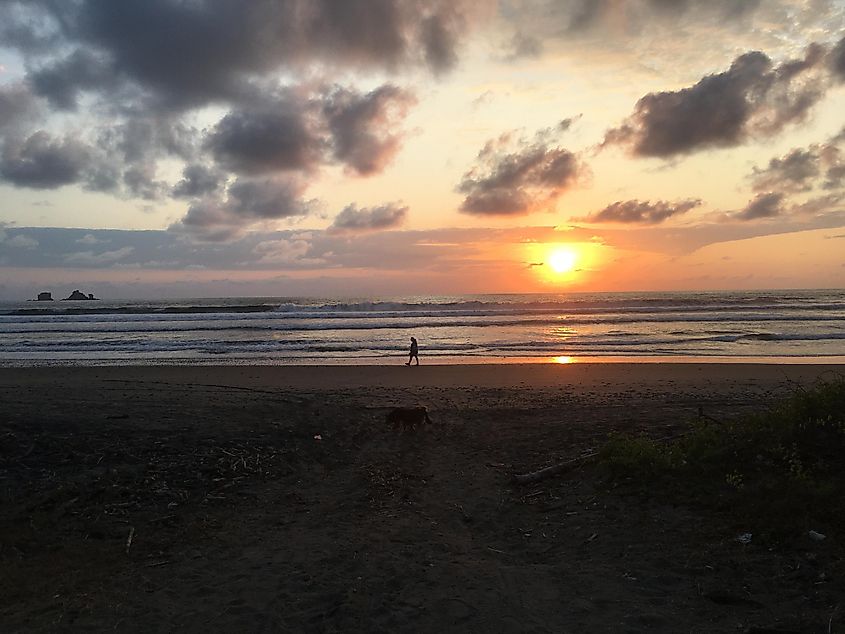
It is easy to turn one's nose up at "touristy" places. This is a somewhat cynical attitude that I encounter often on my travels. Yes, I understand the pitfalls of developing a place to death, but I also don't need to be completely isolated from my peers in order to experience the "real" version of a place. I often ponder the Canadian equivalent. If someone from Ecuador was visiting, would I want them to see Vancouver, Montreal, Banff, and Tobermory, or would I insist that they go to some Podunk town in Northern Saskatchewan so as to get an authentic experience? So in the end, I'm glad that I found the wu-wei synergy of these two towns. I appreciated peaceful Las Tunas, and I'm thankful to have connected with my hippie-dippie side in Ayampe. I'm also glad that I got to balance out beach life with some killer mountain adventures, unplanned itineraries with guided tours, and quaint towns with chaotic, historic major cities (all of which I'll get into next time!). Whatever your best life requires, Ecuador seems well-equipped.






